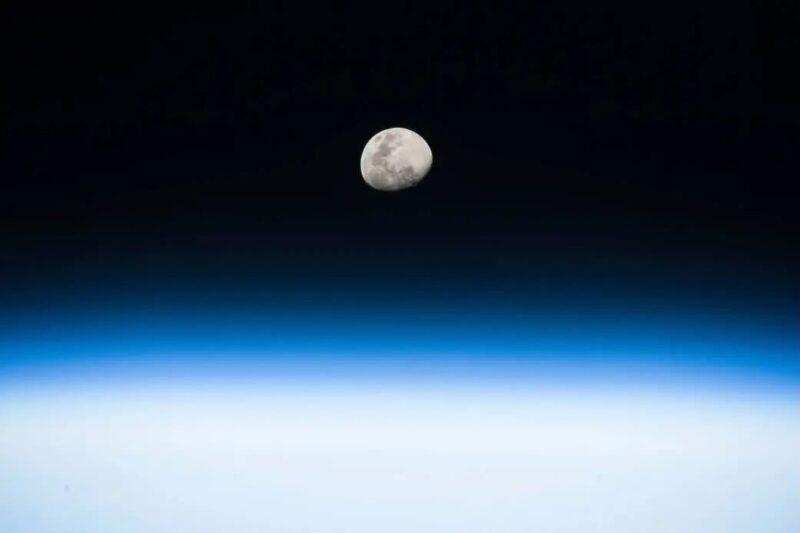
White House calls for international moon time standard
An exclusive report from the British news agency Reuters reveals the White House has directed NASA to create a new unified time standard for the moon and other celestial bodies. The article, published Tuesday (April 2, 2024), says the US hopes to create an international standard as more nations and private companies engage in a new Space Race:
The head of the White House Office of Science and Technology Policy (OSTP), according to a memo seen by Reuters, instructed the space agency to work with other parts of the U.S. government to devise a plan by the end of 2026 for setting what it called a Coordinated Lunar Time (LTC).
LTC is needed for smooth operations on and around the moon. Using more than one time standard could lead to communication and data transfer problems between future lunar bases and Earth. It would ease coordination of spacecraft and satellites, and cut confusion for people living and working in space. An unnamed OSTP official interviewed by Reuters said being out of sync could also lead to mapping errors and disorientation on the lunar surface. Reuters quoted the official as saying:
Imagine if the world wasn’t syncing their clocks to the same time – how disruptive that might be and how challenging everyday things become.
Special relativity means moon time changes every Earth-day
As established in Einstein’s Special Theory of Relativity, perception of time depends on the viewer’s frame of reference. How much gravity an observer is experiencing is one of the factors influencing how quickly time appears to move. On the moon – where gravity is 1/6 as strong as on Earth – clocks tick faster than they do down here. Reuters reported:
OSTP chief Arati Prabhakar‘s memo said that for a person on the moon, an Earth-based clock would appear to lose on average 58.7 microseconds per Earth-day and come with other periodic variations that would further drift moon time from Earth time.
Adoption of Coordinated Lunar Time would require international agreement among spacefaring nations. Similar diplomacy led to the establishment of Coordinated Universal Time (UTC) here on Earth. Creating an LTC could be accomplished the same way, Reuters explained:
Coordinated Universal Time might influence how Coordinated Lunar Time is implemented, the OSTP official said. The U.N.’s International Telecommunication Union defines Coordinated Universal Time as an international standard.
Maintaining an accurate LTC could require a series of missions to plant atomic clocks on the moon.
US hopes to keep its lead in the Space Race
For now, NASA is still at the forefront of the return to the moon, with plans to put astronauts on the lunar surface by the end of this decade. But competition is hard on its heels, with China aiming for its own crewed lunar mission by 2030, and Japan is shooting for a lunar presence by 2050.
Establishing the standards humanity uses as we expand throughout the solar system may help maintain American influence beyond the atmosphere, Reuters said, further reporting that:
‘U.S. leadership in defining a suitable standard – one that achieves the accuracy and resilience required for operating in the challenging lunar environment – will benefit all spacefaring nations,’ the OSTP memo stated.
And there’s a lot of money to be made in space.
The official also said that as commercial activities expand to the moon, a unified time standard would be essential for coordinating operations, ensuring the reliability of transactions and managing the logistics of lunar commerce.
Bottom line: NASA is establishing a unified standard time for the moon and other celestial bodies to set international norms as the human presence in space grows.











